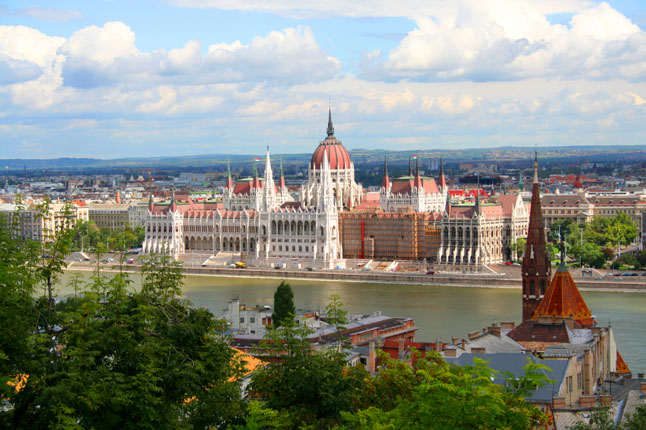Travel To Budapest: A Marriage Made In Danube
Why is this Hungarian capital a forever diverse adventure?
In 1873, two cities (yes, Buda and Pest) on opposite sides of the Danube River became the city we refer to today as Budapest and become one of the cultural centers of Europe. Budapest is among the biggest metropolitan areas within the EU today.
When traveling to Budapest brace yourself for a unique experience of Eastern (or all) Europe as Hungary is definitely an outpost of cultural and linguistic distinction. Hungary stands abruptly aside from its Slavic and Germanic neighbors. The Magyar stronghold of Budapest, established around 900 AD through the formidable clan from Central Asia, grew to become the middle of the dominion of Hungary enduring the carelessly blundering Ottomans, Habsburgs and Nazis.
Uncover the grandeur of Budapest which is among the earliest and most established metropolitan areas in Eastern Europe!

From simply local, musical or explorative, to historic, artistic or commercial – Budapest offers something for everyone
An excellent place to begin your Hungarian journey is around the Western Bank from the river in Óbuda, the oldest part of Budapest. 2000 years of human existence surround the excavated Roman town of Aquincum where Europe’s biggest open-air amphitheater remains. Primary Square is beyond charming with taverns and quaint single story houses and shops. From Óbuda to neighboring Buda, the hilly landscape is dotted with ancient Roman and Turkish Baths.
These are just 3 of the 100 thermal springs running within the area.
The Skill-Nouveau Gellért Baths in Buda are a favourite to unwind in, although the Rudas and Rac baths, built by the Turks 400 years ago, tend to be more intriguing and less crowded.
The 3 are situated on the top of scenic Gellért Hill within the Citadel, a classic military fortification in the 1800s. The top of Buda is the eponymous Castle Hill in which the 14th century Baroque Royal Structure presides imperially within the city.
Grandeur within the City
Mix the historic Széchenyi Chain Bridge, the earliest of nine, and enter Pest, the greater compact and metropolitan eastern side of the Danube. Strolling along the regal Andrássy Boulevard past stunning mansions you’ll see the Hungarian Condition Opera House, a real jewel of acoustic and neo-Renaissance architectural prowess in Europe. While in the heart of town, go to the significant Inner City Parish Chapel, which is the very first chapel built in the town. On a grander scale, the enchanting Jewish quarter hosts the biggest synagogue in Europe, the Dohány Street Synagogue, filled with a comprehensive Judaic art collection and Holocaust Memorial. Another monumental must-see is Budapest’s neo-Medieval Parliament building, Europe’s biggest and perhaps most breathtaking. Have a look at King Stephen’s legendary crown jewels which have been stolen and moved within and outside the nation on a near comical number of occasions.
Budapest is really a traveler’s city!
The large size offers encounters on every level. From simply local, musical or explorative, to historic, artistic or commercial, Budapest offers something for everyone. Budapest is especially significant because of its exceptional variety of museums and art galleries that litter the town, especially the Hungary National Museum on Castle Hill, the Museum of proper Arts, and also the Antique Picture Gallery. The Antique Picture Gallery houses the most extensive Spanish language collection outside of Spain.










